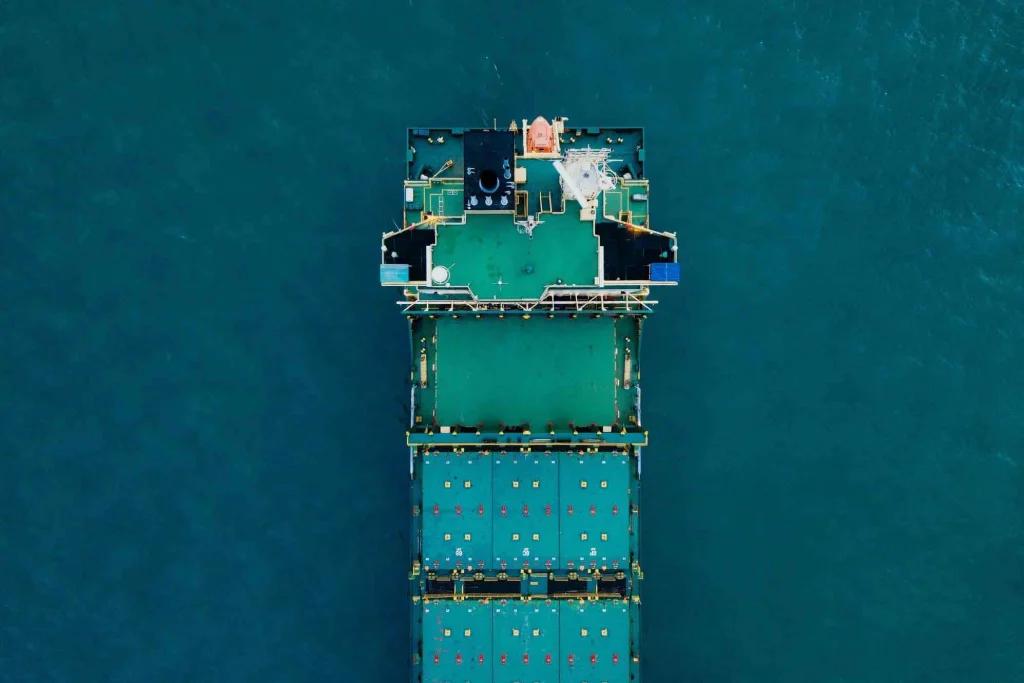28 November 2024
Tankers chasing CII rating may have increased CO2

The IMO’s carbon intensity indicator (CII) and Energy Efficiency Existing Ship Design Index (EEXI) are approaching. Hence, fears arise that the tankers sector might emit higher CO2 emissions. Resulting from the adjustments in trading patterns to attain the required rating.
Concept
According to EEXI, it is the owner’s obligation to ensure vessel compliance with the reference line. Alternatively, make technical amendments to the vessel if not compliant. However, CII is commercially more complex as it relates to how the vessel trades, as per the tankers market insight.
Therefore, in 2023, all ships will need to have an enhanced Ship Energy Efficiency Management Plan (SEEMP). Particularly, laying out the steps for achieving the required CII, as indicated by the IMO. Carbon intensity links the GHG emissions to the amount of cargo carried over the distance traveled.
Moreover, the CII determines the annual reduction factor needed to continuously improve the ship’s operational carbon intensity. A ship that gets a D or E rating for three consecutive years will need to submit a corrective action plan and include it in SEEMP.
IMO expects that this phased approach would see an annual successive carbon intensity reduction rate of -2% compared to the 2019 reference line from 2023 through to 2026, respectively.
Charter Influence
“Under a spot voyage, it is the owner’s obligation to manage the vessel’s performance to attain the CII rating the owner desires. Given that CII ratings are retrospective, a vessel on time charter could be traded inefficiently and returned to the owner with an inferior rating, putting the owner at a commercial disadvantage following the charter…
Gibson Weekly Tanker Market Report
From a charterer’s perspective, whilst CII is an operational measure and can be managed through trading patterns, the CII performance of a ship is linked to other factors, such as design, maintenance and warranted fuel consumption. If any of these factors is not as described in the charter party, then a dispute is likely to arise.”
Unintended Consequences
The fact that the ships will have to adjust their trading patterns to attain the required CII rating may result in unwanted outcomes. Namely, by distorting trading patterns, older vessels may end up emitting more CO2 than they would have prior to the regulations.
The distortion is likely to see a non-eco ship, engaging in longer haul voyages to attain the required CII. Note that, the same vessel would typically trade shorter voyages. In the meantime, eco ships with much better CO2 emissions could deploy on shorter voyages. Hence, despite smaller distances, tankers could still attain an acceptable CII rating due to their fuel efficiency.
“Overall, the net effect in these circumstances could be higher total CO2 emissions for the tanker sector and exactly the opposite of what the IMO is trying to achieve, at least in the short term. On a longer-term basis of course, older less efficient vessels will see reduced trading opportunities and may eventually face pressure to scrap, with the replacement leading to improved operational and design efficiency across the fleet. It is also hoped that CII will force owners and charterers to squeeze as much operational efficiency out of their fleets as possible…
Gibson Weekly Tanker Market Report
However, for this to be realised, operational and commercial practices may need to change, notably around sailing speeds, demurrage and scheduling. Ultimately, few question the industry’s need to reduce emissions; however, future regulations must avoid unintended consequences and be sensitive to industry practices, which will take time to evolve. Only steps which lead to a net reduction in emissions should be taken forward and regulation should avoid encouraging non eco vessels to engage in long voyages over eco tonnage.”
Energy Saving Solutions
Prior to any efficiency modifications, more than 75% of the fleet — bulkers, tankers, and containerships — will not be compliant with the EEXI that will enter into force in 2023, according to VesselsValue.
The key ways for attaining compliance will be via using energy-saving devices retrofitted to the main structure or engine power limitations, while for the rest of the vessels that neither of these will be economically-viable scrapping might be the likely solution.

How energy-saving technologies can help CII rating
How can energy-saving technologies, also referred to as energy-saving devices, help you comply with CII? If you want hard data and real-world examples from vessel operators, a recent webinar is a must.
Ship Nerd
Source: Gibson
See Also
This year’s Posidonia Exhibition event recently took place, bringing together shipping industry professionals from across the globe. MAST Maritime Services, organized and offered the opportunity to attend the seminar: Get in line with the industry’s decarbonization plan. Hence, along with Lloyd’s Register, Rightship and CMES-Tech they enlightened the paths to a more sustainable future according to the new measures (EEXI, CII).

EEXI / CII & Energy Saving Devices – Posidonia 2022 Seminar
EEXI CII Seminar: Get in line with the industry’s decarbonization plan. Thus, enlightening the paths to a more sustainable future.


